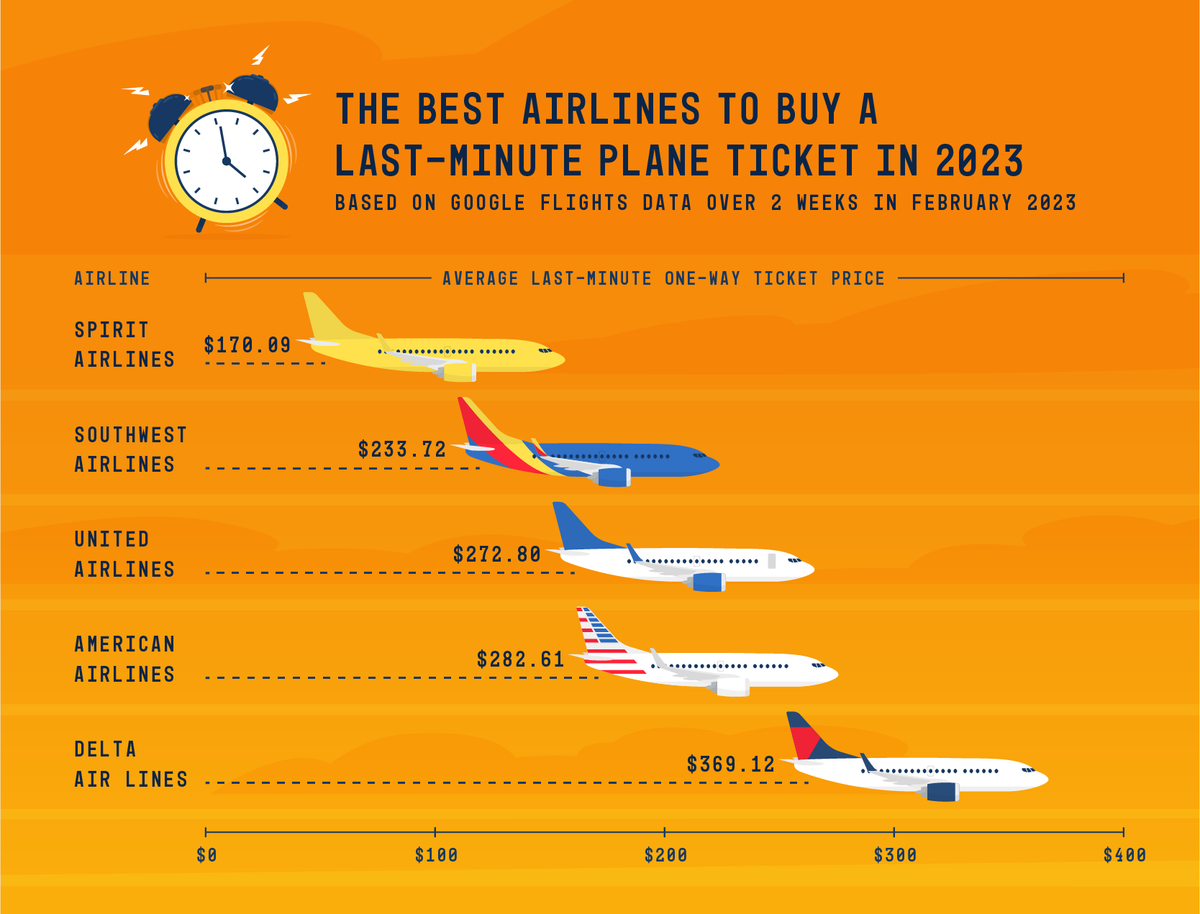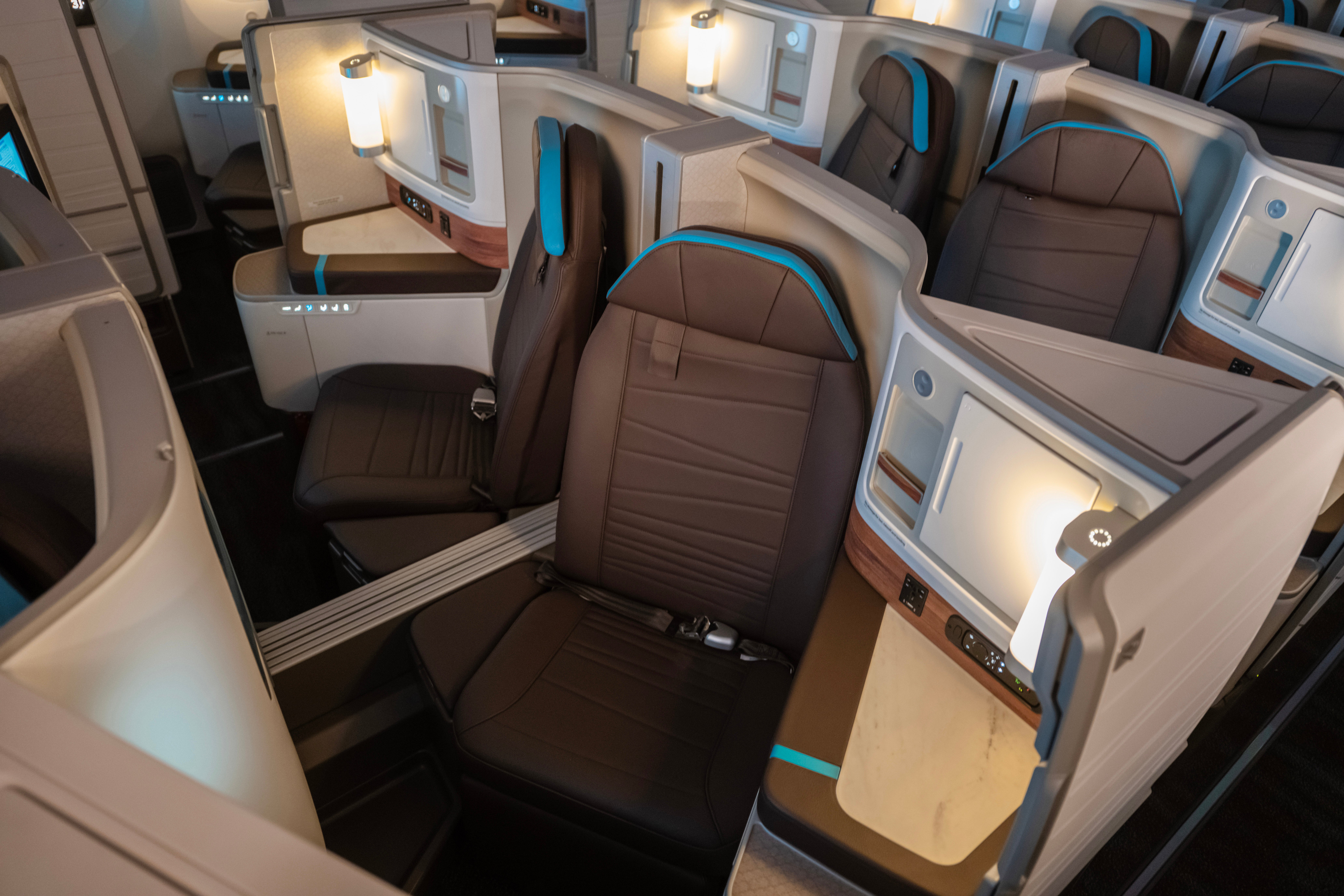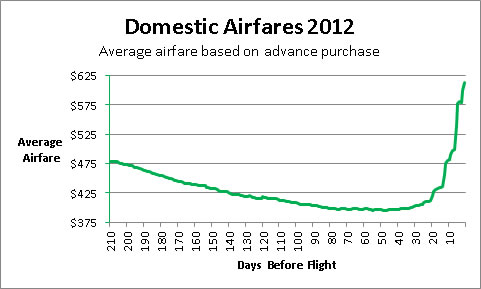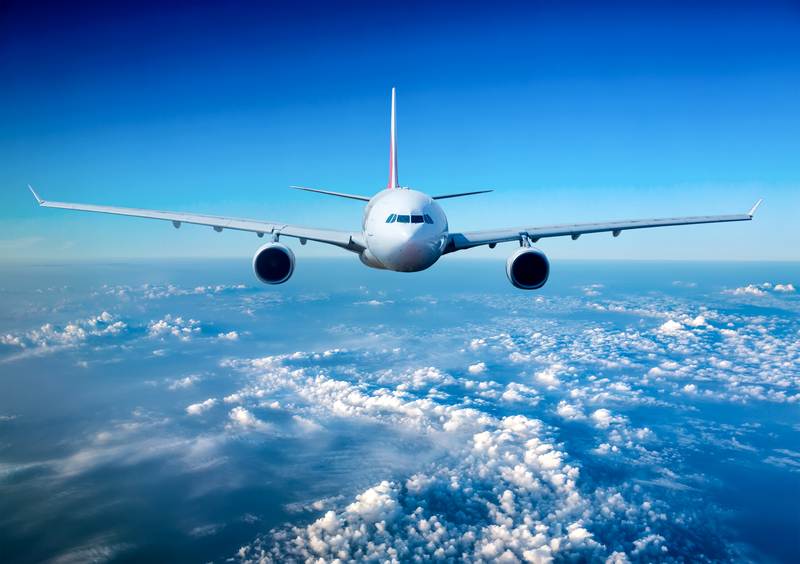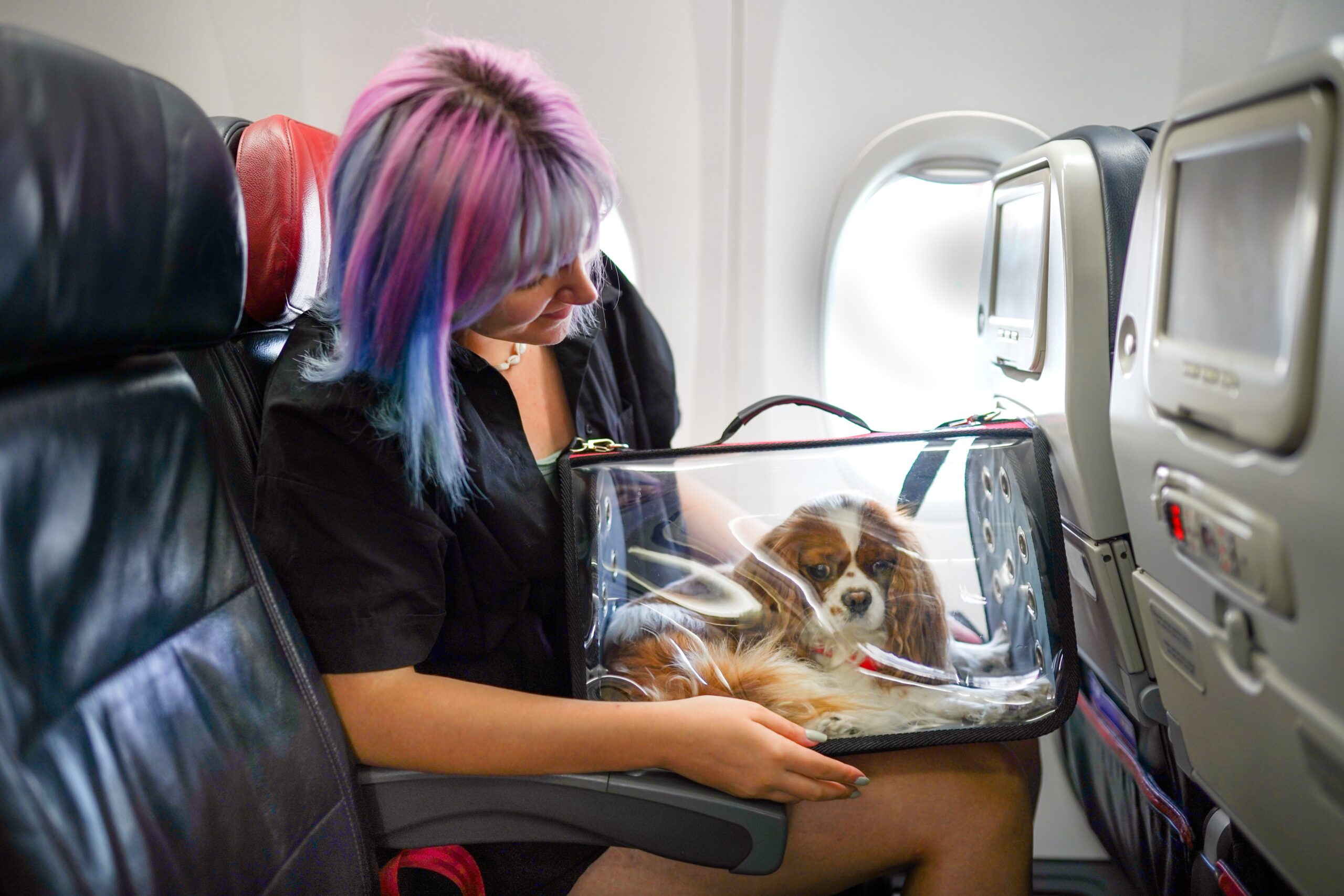
As travelers, approximately 68% of households in the U.S. own a pet, and the need to include furry family members in our adventures has intensified. The question often arises about the possibility of bringing pets along on flights. Current policies offer a spectrum of possibilities, as many domestic airlines have adapted to this growing demand, yet not all travelers are aware of the regulations.
Historically, the journey to accommodating pets on flights has seen significant progress since the inception of domestic air travel. Today, airlines typically allow pets in the cabin, in cargo, or as checked baggage depending on the regulations. Around 2 million pets fly on commercial airlines annually, indicative of the growing inclination to include pets. This trend highlights the necessity for comprehensive understanding of airline policies to ensure a safe and comfortable journey for all.
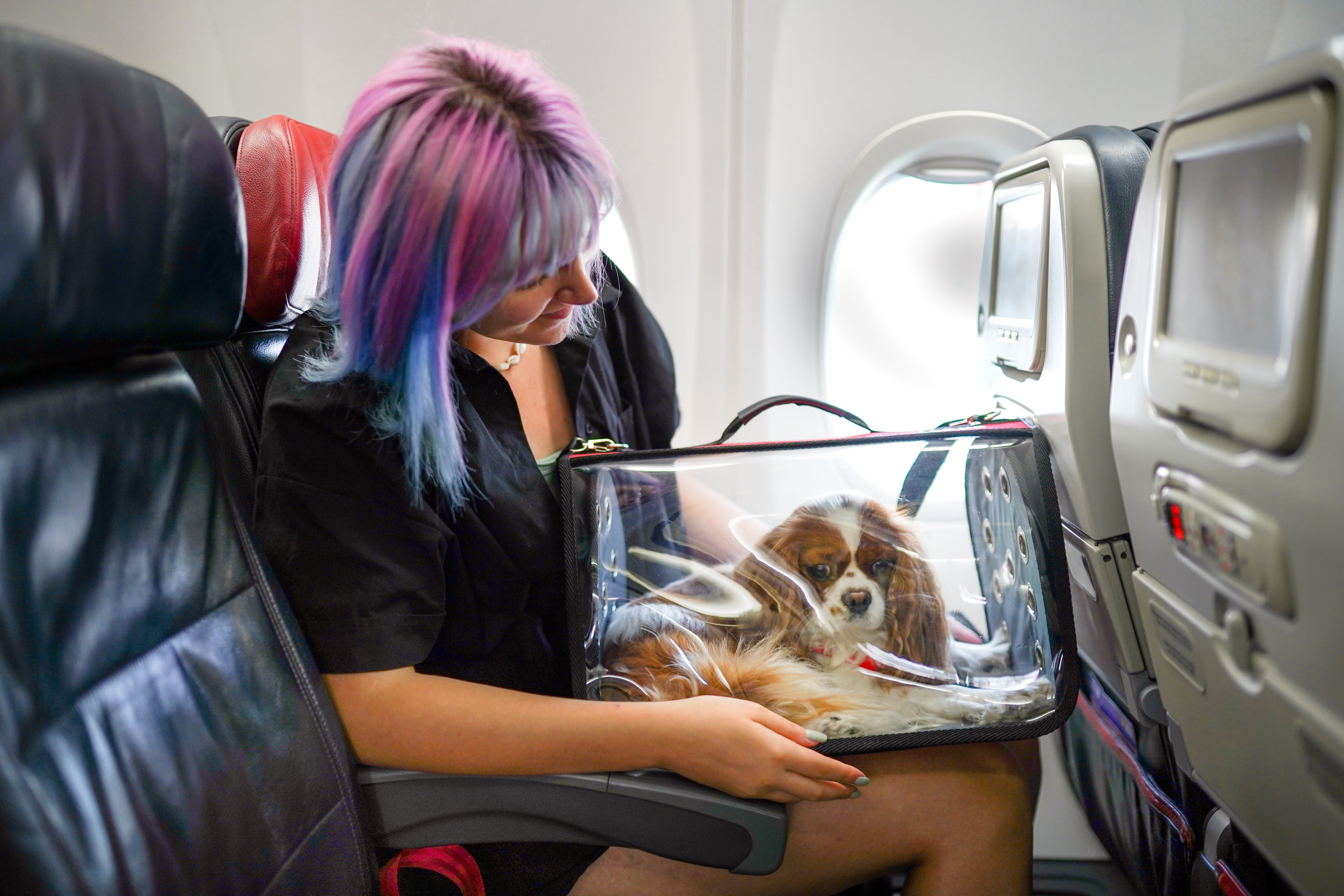
Are pets allowed on domestic flights?
Many airlines permit pets on domestic flights, recognizing the importance of furry companions to travelers. Policies, however, can vary. Some airlines allow small pets to travel in the cabin while larger ones go in the cargo hold. Passengers must ensure their pet is kept in a secure carrier for safety. This carrier typically must fit under the seat, much like a carry-on bag.
It’s crucial to check the specific airline’s regulations before booking a flight. For instance, breeds like snub-nosed dogs may face restrictions due to breathing issues. Passengers need to pay additional fees, which can differ based on the airline. Preparing beforehand ensures a smoother experience for both pet and owner. Knowing these details helps in better planning.
Traveling with a pet involves more than just booking a ticket. Owners must ensure pets are healthy and have the necessary documentation. Different airlines might require a health certificate from a veterinarian. Pets should be familiarized with their carriers ahead of time. This makes the journey less stressful for them.
Consider the time of year when flying with pets due to temperature changes. Cargo holds can become too cold or hot, asking airlines for their specific conditions can be wise. Some airlines may not allow pets in the cargo hold during extreme weather. Booking early morning or late evening flights can be safer. It’s all about making the trip as comfortable as possible for your pet.
Policies of major airlines regarding pets
Each major airline has its specific set of rules when it comes to transporting pets. For pets traveling in the cabin, most airlines require the pet to fit in a carrier under the seat. The weight limit often includes both the pet and the carrier. Airlines set precise dimensions for these carriers to ensure they fit safely. Thus, checking with the airline about these details is vital.
Certain airlines restrict the number of pets allowed in the cabin per flight. This limit ensures passenger comfort and safety. Therefore, booking a pet’s place early can be crucial. Notably, while some airlines welcome pets, others have stricter rules. Bulkhead and exit row seats often don’t accommodate pet carriers.
Airlines like Delta, American, and United have different fees and documentation requirements for pet travel. Many require a health certificate to confirm the pet is fit to fly. Here’s a quick look at some fees charged by top airlines:
| Airline | Cabin Fee |
|---|---|
| Delta | $125 |
| American | $125 |
| United | $125 |
Many airlines also specify rules for pets in the cargo hold. This option is for larger animals that can’t fit in the cabin. Owners need to check temperature restrictions, especially during summer and winter. Some airlines provide climate-controlled cargo, but not all. Confirming these details helps avoid travel day surprises.
The nuances of traveling with pets on planes
Traveling with pets introduces a unique set of challenges that pet owners must navigate. Different airlines have varying guidelines about pet types and sizes allowed in the cabin. The preparation begins with choosing the right carrier for your pet’s comfort during travel. Ensuring carriers meet airline requirements is essential to prevent issues on flight day. Pets unfamiliar with air travel may feel stressed, requiring plenty of reassurance.
Not all pets are suited for air travel, especially those with health conditions or anxiety. Consulting a veterinarian beforehand can provide insights into your pet’s suitability for flying. Some vets may suggest mild sedatives for particularly anxious animals. This step is crucial to ensure the pet’s well-being throughout the journey. Most airlines also require up-to-date vaccination records, which need to be kept handy.
Flights longer than a few hours may require extra planning. Unlike humans, pets don’t understand long durations in confined spaces. Figuring out how to manage bathroom breaks is crucial; some airlines provide pet relief areas in airports. Bringing favorite toys or blankets can comfort pets. Feeding pets just before flying isn’t advisable, as it can cause digestive issues.
Traveler fatigue can affect pets just as it does humans. Owners might notice signs of restlessness or stress in their pets. This is why choosing the right flight times, like non-peak hours, can offer a quieter environment. Ensuring a direct flight minimizes transfers, making the journey smoother. It’s about creating the most comfortable experience for the pet.
Potential risks associated with pets on flights
Air travel poses several potential risks for pets, particularly those in cargo holds. These areas can experience temperature fluctuations, which might be distressing for animals. Specific breeds, like snub-nosed dogs, can have breathing difficulties in such conditions. Turbulence also impacts pets, causing fear and anxiety. Therefore, understanding these risks before flying is essential for pet safety.
Unexpected delays can complicate a pet’s travel experience. If flights are postponed, pets can suffer from long durations without relief breaks. Onboard, cabin pressure could affect them differently than humans. Anxiety symptoms may elevate, making them uncomfortable. Having a plan for such situations can ease these difficulties.
Health risks must be considered, especially for older or sick pets. Air travel can exacerbate pre-existing conditions. It’s crucial to have a vet assess their health before making travel decisions. Some conditions might contraindicate flying altogether. Ensuring pets are medically fit to fly can prevent dangerous health flare-ups.
Stress affects pets similarly to people, with unfamiliar environments amplifying anxiety. Changes in routine can disturb their mental health. Observing their behavior for signs of distress is vital. Pets hiding or refusing food must be monitored closely. Providing familiar toys and comfort items might help mitigate stress.
Lastly, pets may face the risk of escape or injury during transit. Poorly secured carriers might open, leading to escapes. Ground handlers should keep a watchful eye during transfers. Ensuring carriers are well-locked reduces this risk. Emphasizing safety measures can prevent such incidents.
Tips for a smooth journey with a pet onboard
Planning ahead can make flying with your pet much easier. One way is to book direct flights to avoid the stress of changing planes. Direct flights minimize waiting times and reduce the anxiety pets can feel. Arriving at the airport early allows for calm check-in procedures. Never underestimate the power of preparation.
Packing a pet travel bag with essentials can prevent stress. Include items like food, water, and favorite toys. This way, your pet has familiar smells and tastes. A portable water bowl is handy during long waiting times. Having these on-hand makes the trip more comfortable.
Choosing the right carrier is crucial for your pet’s comfort and safety. The carrier should be well-ventilated and large enough for them to turn around. Introduce your pet to the carrier a few weeks before travel. This familiarity helps reduce anxiety during the trip. Ensuring it’s secure adds an extra layer of safety.
Training your pet to be calm is also beneficial. Start by familiarizing them with loud noises and crowded spaces. Reward good behavior with treats or praises. This process helps them stay calm during airport security checks. A calm pet leads to a calm journey.
To keep anxiety levels low, consult your vet for advice on calming measures. Vets might recommend mild sedatives for highly anxious pets. Natural calming treats or sprays could also work. Discussing these options ensures you make the best choice for your pet. Always aim for a stress-free travel experience.
Frequently Asked Questions
Traveling with pets on domestic flights can raise many questions. It’s important to understand airline requirements and ensure a stress-free journey for your pet.
1. How are pets accommodated in airplane cabins?
Airlines typically allow small pets, like cats and small dogs, to travel in the cabin. These pets must be in a carrier that fits under the seat in front of you. It’s essential to check your airline’s carrier size requirements ahead of time to avoid issues at check-in.
While in the cabin, pets must remain in their carriers for the entire flight. This ensures safety for both the pet and passengers. Sometimes, there is a limit on the number of pets allowed per flight, so early booking is advisable.
2. What should pet owners consider when using pet cargo transport?
Pet cargo transportation is usually for larger animals that don’t fit in the cabin. This area of the plane might have temperature control, ensuring pets remain comfortable during the journey. However, not all airlines offer this, so checking is crucial.
Ensure the pet crate is secure and meets airline standards for size and ventilation. It’s also wise to attach contact information to the crate and provide familiar items like a blanket to soothe your pet during travel.
3. How can pet owners reduce travel anxiety for their pets?
Calming products, like anxiety vests or soothing sprays, can help reduce a pet’s travel anxiety. Training your pet to be comfortable in a carrier ahead of time also makes a big difference. Gradually introduce them to the carrier weeks before flying.
Taking along a favorite toy or blanket can provide comfort. Consulting your vet for additional advice or possible calming medications can further help in managing their stress levels.
4. Are there special rules for service animals on flights?
Service animals have different regulations compared to other pets. Typically, they perform tasks for individuals with disabilities and are allowed to stay with their owner during the flight. Airlines might require documentation proving the animal’s service status.
It’s important to inform the airline about the service animal well in advance. Rules and documentation needed can vary between airlines, so checking a specific airline’s policy is crucial before travel.
5. What documentation is needed for pet travel on domestic flights?
Airlines often require a recent health certificate from a veterinarian. It should verify that the pet is healthy and up-to-date on vaccinations. Details can vary, so it’s essential to check what documents your airline requires.
Some airlines might also ask for proof of identity for the pet, like an ID tag. Having all necessary papers in order ensures a smooth check-in process and helps avoid last-minute hassles.
Conclusion
Traveling with pets on domestic flights requires careful planning and understanding of airline policies. Ensuring your pet’s safety and comfort is a top priority, demanding attention to every detail, from booking to boarding. By adhering to airline regulations, you guarantee a seamless experience for both you and your pet.
Besides logistical preparations, consider your pet’s emotional well-being. Familiarize them with the journey process to lower anxiety levels. This holistic approach ensures that your pet travels safely, setting the stage for a successful trip for everyone involved.

